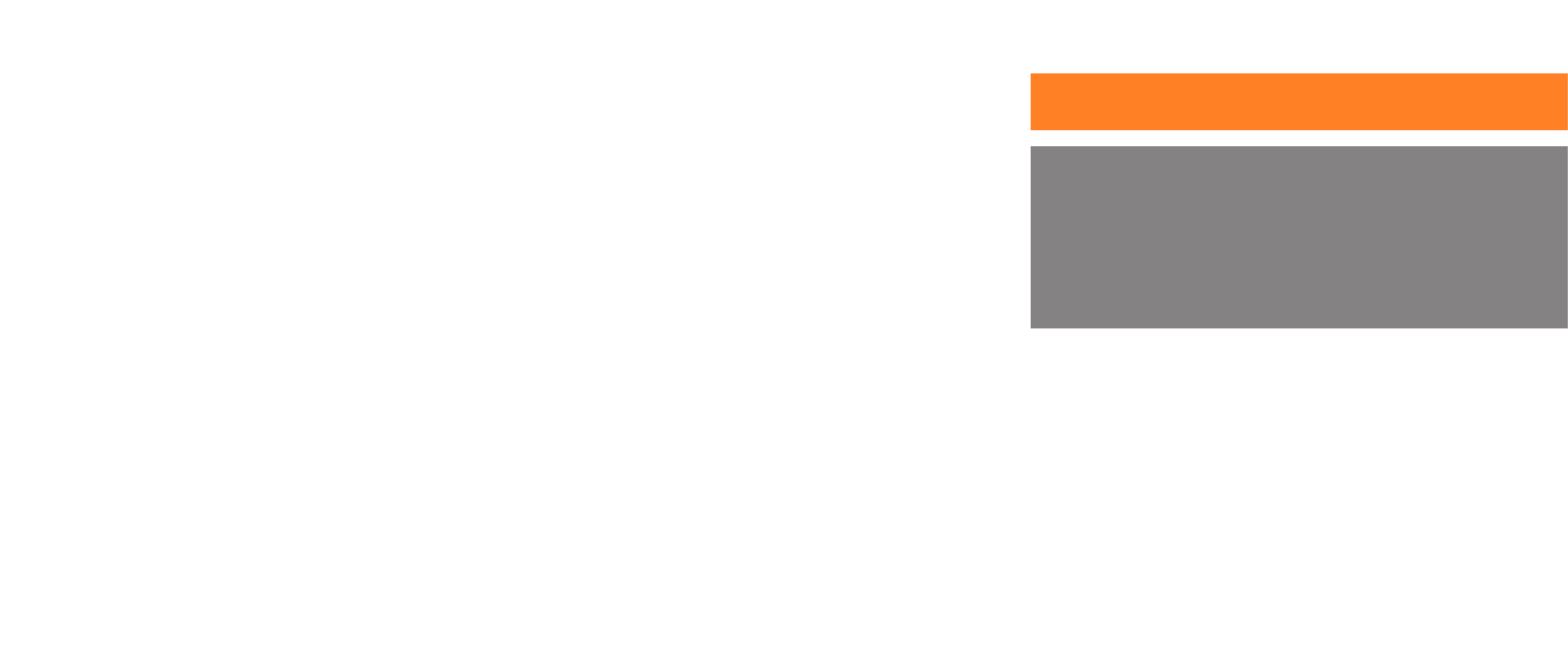The Benefits of Polyaspartic Floor Coating
Coating your industrial assets is an important decision. It is possible that making the right decision will result in longer asset life and lower maintenance costs. Choosing the wrong one could set the stage for costly and inconvenient mishaps.
An understanding of which materials are best for a given application is essential to an efficient and effective job. When it comes to industrial asset protection, urethane and epoxy systems have been around for decades, but polyaspartic floor coating technology is becoming increasingly popular because it can reduce lag time and costs.
Coatings of Epoxy and Urethane
Using epoxy and urethane coating systems, a surface is protected by two layers of protection. Because they are more closely cross-linked and far less permeable, they provide excellent substrate safeguards, increased chemical resistance, and greater hardness in heavy industry environments. Epoxy and urethane-coated metal and concrete can withstand a lot of abuse thanks to these properties.
Urethane and epoxy coatings, on the other hand, can handle a wide range of industrial chemicals. When it comes to industrial processes, epoxy and urethane coatings provide excellent protection against sulfuric acid. Organic acids found in the food industry, such as nitric acid, can cause epoxy and urethane coatings to degrade.
For controlled environments, epoxy and urethane coatings are ideal
Polyaspartic Technology Improves Lag Time
This hybrid coating, which is similar to polyurethanes, is relatively new to the industrial coatings market. Due to advancements in technology, these coatings are now a more flexible option than traditional epoxy and urethane coatings. Traditional epoxy and urethane systems typically require two coats of polyaspartics to achieve the same results. Polyaspartic formulations of the past had low adhesion values, but the technology has advanced significantly since then. The lack of adhesion event organizers in early polyaspartic floor coating technology has been blamed for numerous system failures.
To achieve the best color and gloss retention with polyurethanes is to make the material softer. They are better at impact resistance and structural protection than epoxy and urethane coatings, and they are more adaptable when protecting assets from harsh weather. Polyurethane coatings, such as tanks, pipes, barges, and exterior concrete, are better able to withstand the elements.
Due to the flexibility with which polyaspartic esters can be manipulated, polyaspartic technology differs from more traditional polyurethanes. It is possible to control drying times and pot life by manipulating the esters. Polyaspartic coatings cure much faster than epoxy and urethane coatings, which require much longer curing times. This reduces the amount of time it takes for assets to be returned to use, reducing the amount of lag time. Even at temperatures as low as -40°F, polyaspartic coatings can be applied and cured.
To put it another way, polyaspartic technology eliminates one step in the coating process, saving labor and material costs and narrowing project timelines.
Polyaspartic coatings are safer to apply in enclosed spaces like storage tanks, railcars, and pipes because of their low- and zero-VOC capabilities. Taxes levied against high VOC outputs can be avoided as a result of this.
New polyurethane coating from US Coatings, UREGRIP 3360, addresses the polyaspartic versus epoxy and urethane debate. Direct-to-metal application, color and gloss retention, and a single-coat high-build capability are just some of the benefits of UreGrip 3360's polyaspartic technology. UreGrip 3360 is used to protect a wide variety of industrial assets because of its exceptional weathering and durability.
Pot life for UreGrip 3360 is 2 hours. Assets can be returned to service on the same day as application thanks to faster curing. Using UreGrip 3360 in subsequent surface-coating programs reduces downtime and increases savings.
Where to Find Help
Zone Garage is ready to assist owners and managers in determining the best coating solutions for their specific needs as the manufacturing coating landscape evolves. To learn more about what we have to offer, contact us or visit our product portals. Also, you can come to our office in OKC.


